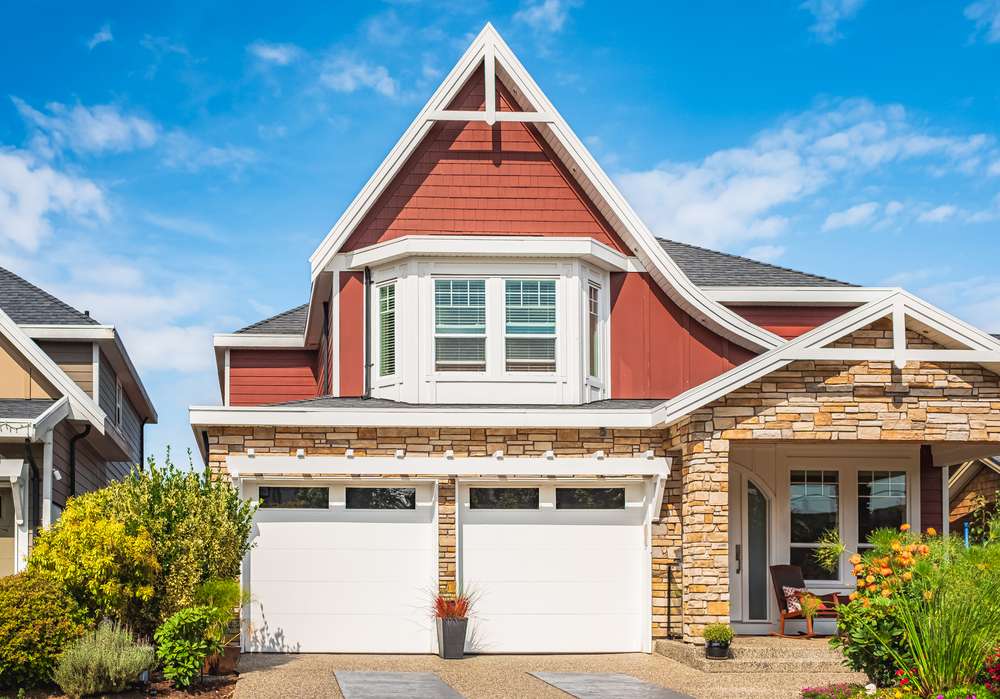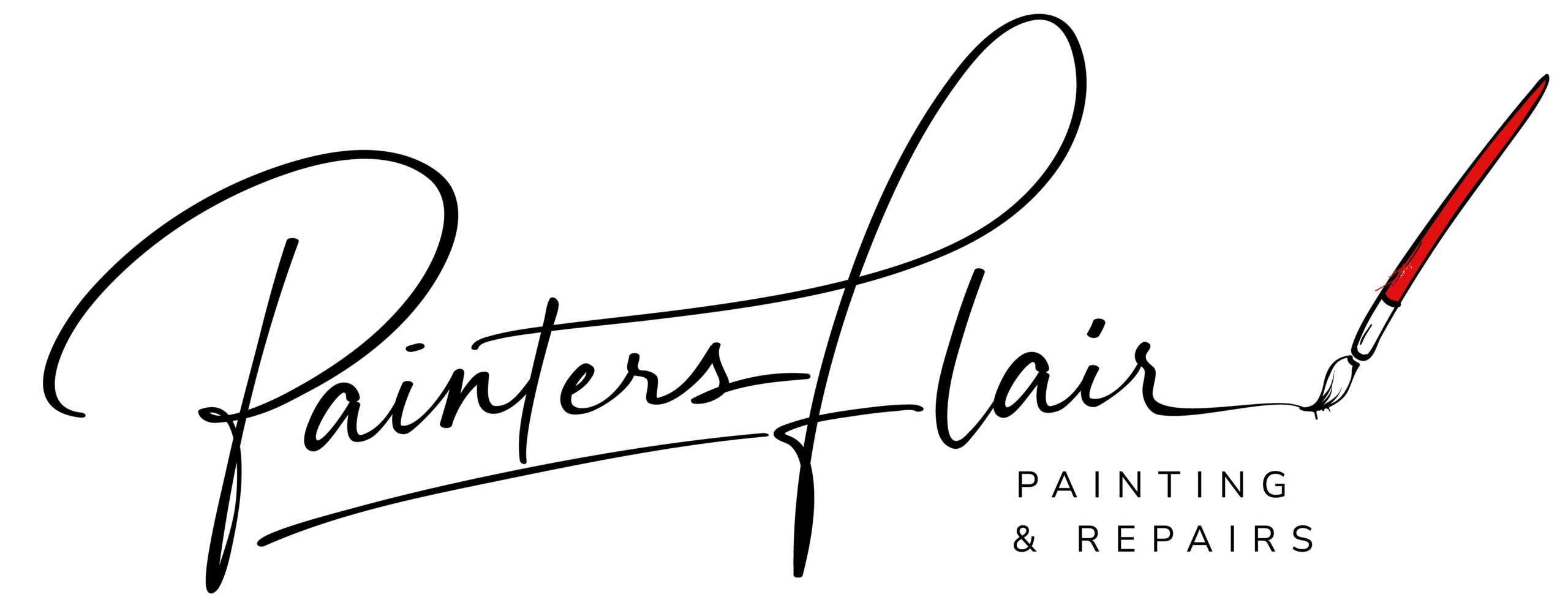
Chalking paint on the siding of houses is a common occurrence that can result from various factors, including environmental conditions and the quality of the paint used. In this article, we will explore the causes of chalking paint, its implications, and the necessary steps for addressing this issue.
Understanding Chalking Paint
Chalking occurs when the binding agents in the paint break down, leading to the formation of a powdery residue on the surface. This powdery residue, when observed on the exterior of a building, is an indication of degradation and weathering of the paint. The extent of chalking can vary, ranging from light dusting to heavy deposits that can affect the appearance and integrity of the siding.
Causes of Chalking Paint
Chalking paint can be attributed to a combination of environmental factors and the quality of the paint. Environmental factors such as exposure to sunlight, moisture, and air pollutants can contribute to the breakdown of the paint’s binders. Additionally, the use of low-quality paint that lacks sufficient binders and pigments can accelerate the chalking process. When these factors converge, the paint begins to deteriorate, resulting in chalking.
Importance of Timely Intervention
Addressing chalking paint in a timely manner is crucial to prevent further deterioration of the siding and maintain the aesthetic appeal of the property. Delaying the repainting process can result in the chalking becoming more pronounced, leading to potential adhesion issues for future paint applications. Moreover, prolonged exposure to chalking paint can compromise the structural integrity of the siding and necessitate costly remediation measures.
Correcting Chalking Paint
To rectify chalking paint on siding, several steps need to be taken. Firstly, the affected surface must be thoroughly cleaned to remove the chalky residue and any contaminants. This can be achieved through power washing or manual scrubbing, depending on the extent of chalking. Once cleaned, the surface should be allowed to dry completely before applying a suitable primer to promote adhesion and seal the substrate.
The selection of high-quality exterior paint with enhanced resistance to chalking is imperative to prevent future occurrences. Professional painting companies often utilize elastomeric or 100% acrylic latex paints for their superior durability and resistance to chalking. These paints form a robust protective layer on the siding, effectively shielding it from the adverse effects of environmental exposure.
Conclusion
Chalking paint on siding is a consequential issue that necessitates prompt attention and remediation. By understanding the causes of chalking paint and the importance of timely intervention, property owners can effectively address this issue and safeguard the longevity and aesthetics of their exterior surfaces. With the right corrective measures and the use of high-quality paints, mitigating chalking paint can lead to lasting protection and visual enhancement for residential and commercial properties alike.
